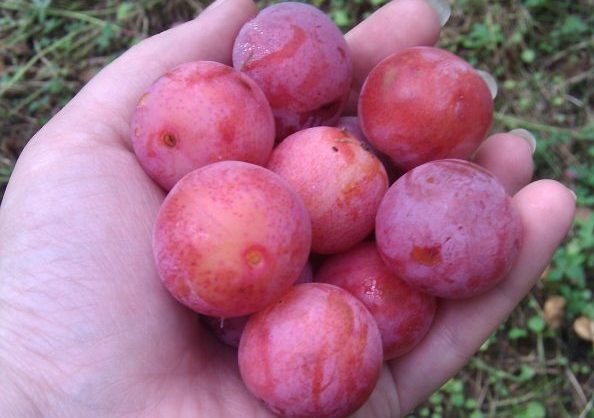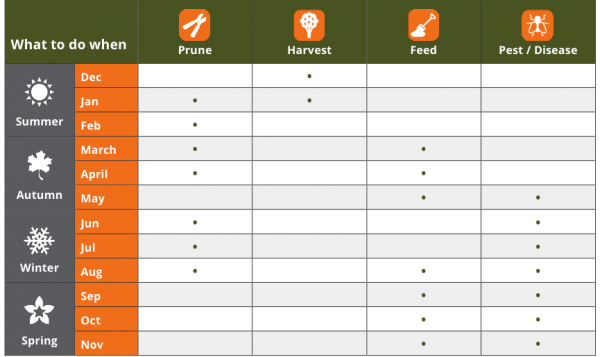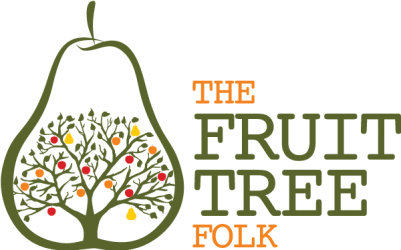
Common Name: Plums, European and Japanese
Botanical name: Prunus Domestica, Prunus salicina
Summary
A small to medium deciduous tree to 7m with ornamental value. Looks beautiful in early spring/late winter with white blossoms on leafless branches.
There are notable differences in appearance, fruiting wood and fruit size/colour of the Japanese and European plum.
Japanese have rough bark, thin long leaves, large attractive fruits with yellow to red flesh especially in blood plums. European have smooth bark, rounded leaves, small rounded fruit with yellow solid flesh. The Japanese plum is more commonly cultivated Melbourne.
Likes
- Full sun
- Good drainage
Doesn’t like
- Flowers exposed to frost colder than -3C
Flowers in
- Japanese plums in early September
- European plums in late September
Fruits in
- November – January
Care
Planting
Bare rooted in winter.
Pollination
A few are self-fertile (i.e. cherry plum, santa rosa), but the majority of cultivars need a compatible pollinator.
Pruning
Prune after harvest in dry, breezy weather to prevent fungal disease. Japanese plums require annual pruning to promote new fruit bearing wood. European plums require less prudent pruning as they fruit on long lived spurs.
Disease and pest management
Brown rot (water with drippers or at ground level), leaf curl, wood borer moth.
Moisture
During flowering and fruit set and as fruit ripen.
Feeding
Autumn and Spring. Not as heavy feeders as other stone fruit.
Harvesting
Plums are best straight off the tree when fully ripe, remove from tree with a gentle twist.


